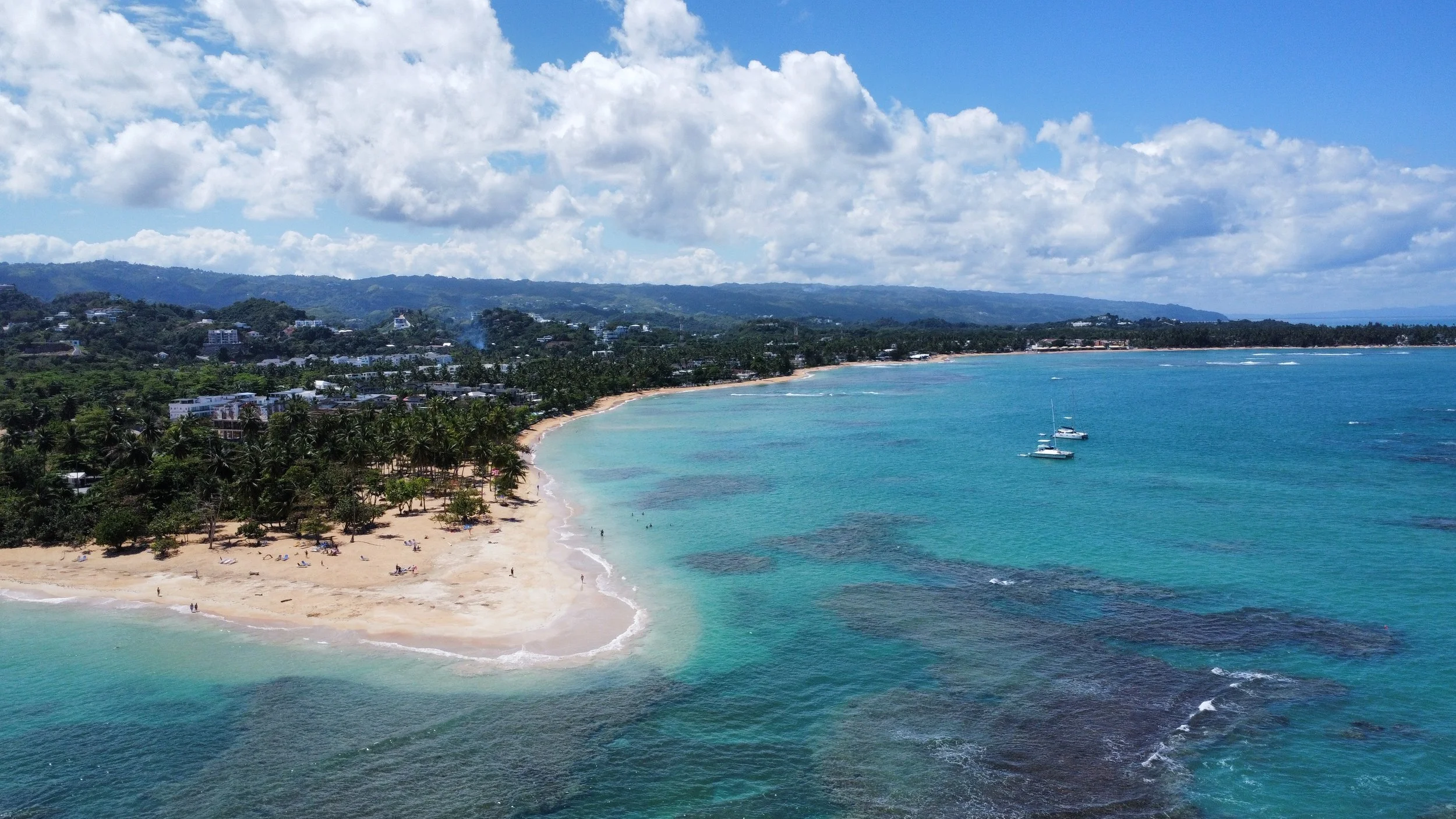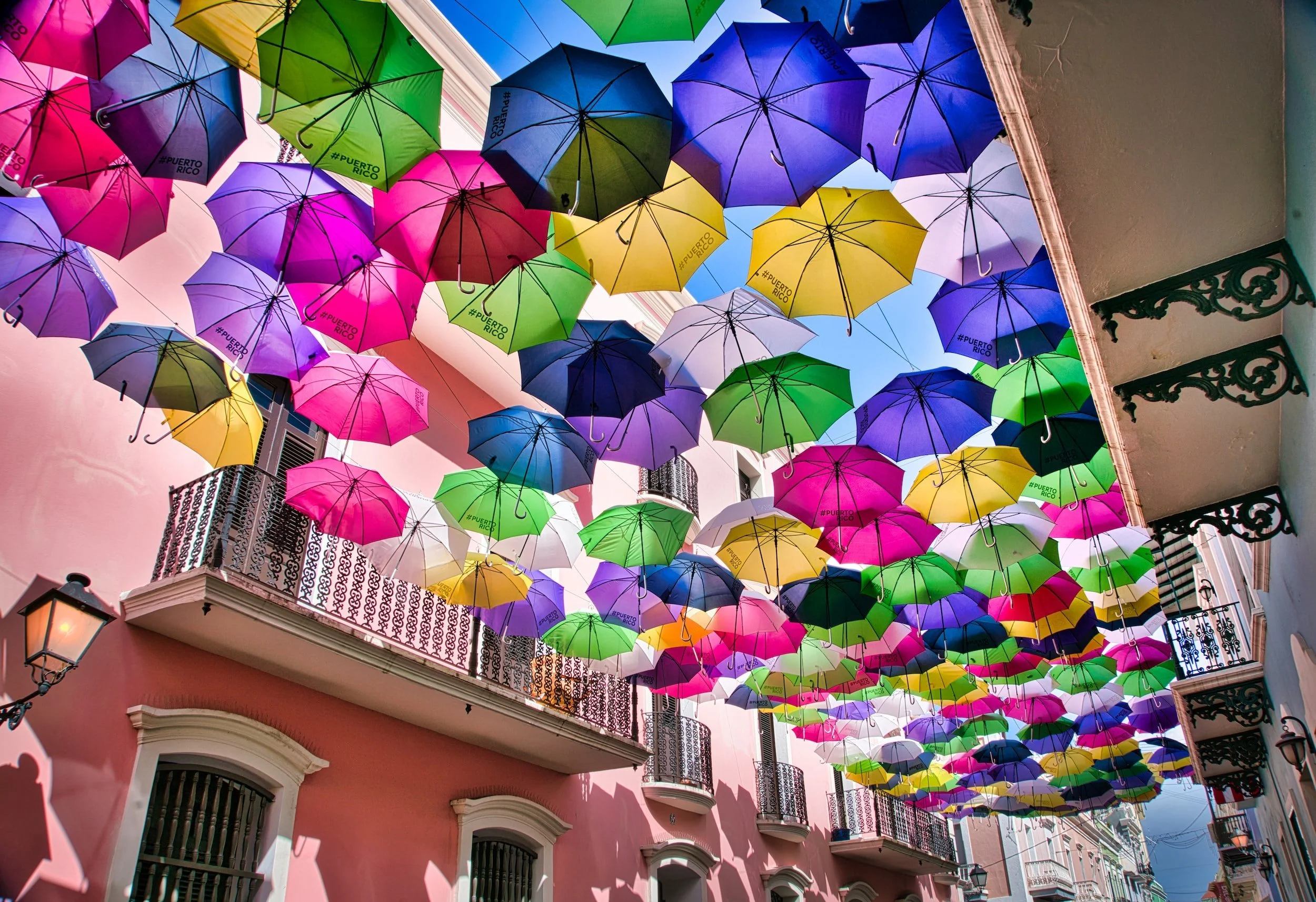15 Important things you need to know before heading to Argentina
Welcome to Argentina!
We recently spent a couple of weeks in beautiful Argentina (primarily between Mendoza and Buenos Aires) and absolutely fell in love with the country. Bursting with friendly people, amazing food and wine and gorgeous landscapes, there isn’t much not to like about Argentina.
However, from the moment we arrived in the country, not everything went as smoothly as we would have liked, and we found ourselves running into a few snags along the way. Therefore, we decided to lend a helpful hand to anyone heading or thinking of going to Argentina! We’ve put together a list of all the things we wished we’d known before going to Argentina, and all the things you might want to be prepared for before heading to Argentina! We hope this blog post might help answer any pre-existing questions you might have before you’re on your way to the land of gauchos and empanadas (yum)!
Bank Machines
First off, let’s discuss money... As in bank machines (ATMs) and fees! We’ve travelled to so many places in the world and normally rely on bank machines to get out cash once we’ve landed in a country. Typically, even with the extra withdrawal fees, ATMs are the best, easiest and cheapest way to get cash out. This was definitely not the case in Argentina. When we arrived in Mendoza (our first location in Argentina), we walked around for quite a while trying to find a bank machine and we actually tried two before we found one that worked (which seemed to be a weird fluke as later in our trip we didn’t have nearly as much trouble finding a functioning machine). Despite having a myriad of banks, Argentina only actually has two types of bank machines called Banelco and Link (Banelco was the one that worked with our Canadian debit cards- look for the “B” sign in front of the bank). Other than finding one that works, the major issue with using bank machines in Argentina is the absorbent fees. Each withdrawal costs approximately $450 Argentine Pesos (so about $10 USD). You’re going to be finding yourself using a lot of cash in Argentina so we’d highly suggest you come prepared with money, and if you have to use a bank machine, get out as much as you can in one withdrawal.
Credit cards and IDs
While cash is certainly king in Argentina, we also used our credits cards a lot which came with its own set of random confusions. At some places, paying with a credit card seemed to work like normal, while in other places it was not so straight forward, and we were unable to come up with any rhyme or reason for it. When paying with a credit card you’ll frequently be asked to show ID. However, with some payment systems, the merchant is asked to input your ID number into the machine, but it only allows them to input numbers. We’re Canadian and both our passport numbers and driver’s license ID contain letters as well. The majority of the time they just input the numbers and it worked, but a few times the payment was rejected because of the ID issue. It definitely left us scratching our heads as it seemed to cause confusion for everyone and left us wondering if anyone has ever dealt with foreign credit cards before! Therefore, always make sure you’re carrying both ID and cash on you (just in case).
It’s cheap
We found most places in Argentina to be quite inexpensive which makes it a great country to visit if you’re travelling on a strict budget. Like pretty much any country, you of course can find more upscale/expensive restaurants but all in all you can eat and drink quite inexpensively!
Service can be slow
While you can dine out quite cheaply, don’t expect to be eating in a hurry. We found service at the majority of restaurants we visited to be quite slow. We also found it seemed to be somewhat standard to receive your drink at the same time as your food. Expect to be waiting around for that glass of wine for a bit of time wondering what is taking so long! Lastly, we frequently found that when ordering they want to take the entire order at once (food and drinks), so you might want to choose your meal quickly!
Things close in the afternoon
Buenos Aires was less of an issue (although you still might want to check ahead if making plans), but particularly in Mendoza everything shut down in the afternoon. From about 2-5pm most shops, stores and restaurants would shudder their doors and everyone would disappear. The streets would become much quieter and we found ourselves wondering where everyone went! We always seemed to need to pop into a supermarket or pharmacy at the wrong time of day, so do try to plan accordingly.
Watch your step
From the moment we took our first steps in Argentina you could noticeably see the economic difference between the country and Chile (our previous location), most notably in the sidewalks. Many sidewalks were quite uneven often with big gaping holes. It was actually difficult to keep your head up while walking with fear of tripping or landing your foot in a large gap. We’d highly recommend foregoing the sandals, flip flops, and high heels for something more comfortable for walking.
Watch your step x2
We’ll probably get some flak for saying this but we’ve never seen as much dog poop on the streets as we did in Argentina. As much as you need to keep your head down for the uneven sidewalks, you need to keep it down to watch out for the poo! Bad sidewalks can be annoying and frustrating but constantly having to look out or possibly step in dog crap is both infuriating and disgusting. If other countries can clean up after their dogs then so can you, Argentina!
Crossing the road
Why did the chicken cross the road? In Argentina it probably didn’t (or it perhaps got hit by a car). While in Argentina we definitely found crossing the road a major challenge. It seems stopping at crossworks to be merely a slight suggestion rather than the law (maybe one of 10 cars stopped for us at crosswalks). Often, in order to get across we had to be both aggressive and brave.
Language Barriers
This applies to most of South America, but if you’re heading there on vacation, don’t go expecting everyone to speak English. It’s actually quite the opposite. The majority of people you meet (even in restaurants and some hotels) won’t speak any or much English (although you’ll absolutely come across some who do). This isn’t an insult to Argentina, just an observation- we certainly don’t travel around the world expecting everyone to easily be able to converse with us. We’d highly suggest learning a few key words/phrases before going, and be sure to get a good translate app for your phone to help with conversing and with menus.
It’s not just meat
As delicious as this was, we promise you’ll find some vegetarian options…
Argentina is obviously very famous for its beef (asado anyone?!), but if you’re a vegetarian or not a big meat eater you won’t have any difficulties. So many people warned us that Anna (who doesn’t eat much meat, especially beef) would have such a difficult time finding something in Argentina. And while Mendoza (and the surrounding areas) wasn’t completely flush with loads of options, most menus had something for everyone. In the cities it was much easier (including the centre of Mendoza), and in Buenos Aires we likely would have had a harder time finding an authentic Argentine options with the abundance of international restaurants. Therefore, if you’re heading to Argentina and worried about what you’ll eat, fear not.
Milanese…for some reason we only took photos of our meat dishes!
Don’t stress about Taxis
We’re often hesitant to take taxis in new countries not knowing what to expect, which ones are licensed, and if we’re going to get ripped off. However, in Argentina we had no issues at all as all taxis we encountered seemed to be metered. We would suggest carrying some small bills as it seemed taxis drivers often (conveniently) didn’t seem to have change for larger bills and we we were warned that some taxi drivers might give you back counterfeit change (but we didn’t encounter this).
Don’t drink the water
This generally seems to be the consensus for most of South America, but it’s probably best not to drink the tap water. We did use it for brushing our teeth, but for drinking water we opted for bottled.
We always pack a collapsible water bottle, this one conveniently has a built in filter, shop on Amazon:
Carry around some tissue and hand sanitizer
Although a lot of bathrooms were well stocked and clean, we also encountered a lot that weren’t. Just in case, we’d definitely suggest you don’t leave home without a pack of tissues and some hand sanitizer. Hand wipes can also come in handy to wipe a table, clean your hands, or use as napkins!
Purchase some travel sized hand sanitizer and tissues from Amazon (we bring this stuff everywhere!).
Bring an adapter
Argentina uses different types of plugs than North America and also uses different types of outlets to some of its surrounding countries. If you’re staying in a nice hotel they’ll likely have adaptors available but we’d still suggest packing at least one, if not a few (depending on your power needs). Most places we stayed in Argentina used type I plugs.
This is our go-to travel adaptor with various plug types and multiple USB ports, shop it on Amazon:
Is it safe?
Trevor ponders our safety in Buenos Aires.
As we’ve already mentioned, at the time of writing this we’ve been to over 40 countries. We’ve luckily encountered very few safety issues in any of them, and this also applies to Argentina. However, one thing we actually found slightly alarming was the amount of times we were warned about our safety by locals. It’s certainly not out of the ordinary to have a local warning you not to keep valuables in your pockets, or to keep your bag secure and in front of you. In Argentina we found we were being warned daily, even multiple times a day to be careful. We found it especially alarming in a very small, charming wine town in Mendoza. And while we never found ourselves in any sort of personal danger it definitely put us on edge a bit. It may just be that the Argentinian people are especially nice and didn’t want anything negative happening to a tourist, but it almost had the opposite effect. That all being said, no matter where you are in the world, even in your hometown, we always recommend being cautious, aware of your surroundings and do your research in advance.
Like we said, we absolutely adored Argentina and would love to go back and explore more of this beautiful country. However, next time we visit we’ll definitely be going a bit more prepared than the first time. Hopefully this post has helped you prepare even a little bit for an upcoming adventure in Argentina. If you’ve been before and think we missed something important, please leave us a comment below!
Pin it to Pinterest!
*This post contains affililate links, which means when you click and shop, you help support this blog (and is greatly appreciated!).
















